May 29, 2015
London firms focus on wellbeing and agile working to attract staff
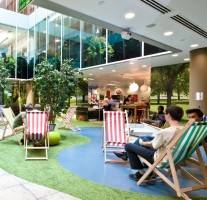 An additional 5.1m sq. ft. of office space will be required by 2019 to accommodate the growth of professional services firms in London, claims new research from CBRE. According to the studio, firms will also adopt more pragmatic workplace strategies that focus on agile working and wellbeing to meet their objectives. Nearly all (92 percent) of the respondents to CBRE’s Professional London survey claim they use the workplace to enhance employee satisfaction and 83 percent of firms use it to control costs. Firms are also placing more emphasis on wellbeing and more agile and intensive ways of using space, according to CBRE. Other factors such as technology and the design of the workplace are also increasingly important. The research suggests that staff are increasingly attracted by on-site amenities, connectivity and location and other ‘lifestyle offerings’.
An additional 5.1m sq. ft. of office space will be required by 2019 to accommodate the growth of professional services firms in London, claims new research from CBRE. According to the studio, firms will also adopt more pragmatic workplace strategies that focus on agile working and wellbeing to meet their objectives. Nearly all (92 percent) of the respondents to CBRE’s Professional London survey claim they use the workplace to enhance employee satisfaction and 83 percent of firms use it to control costs. Firms are also placing more emphasis on wellbeing and more agile and intensive ways of using space, according to CBRE. Other factors such as technology and the design of the workplace are also increasingly important. The research suggests that staff are increasingly attracted by on-site amenities, connectivity and location and other ‘lifestyle offerings’.






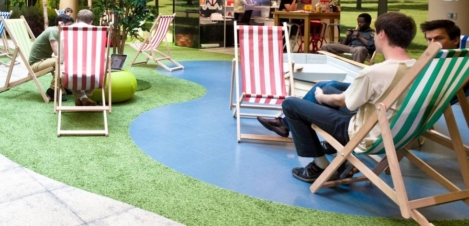
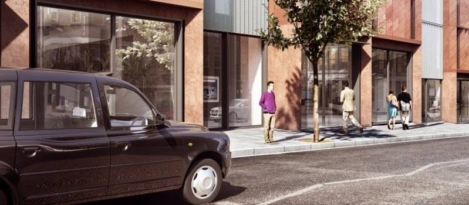

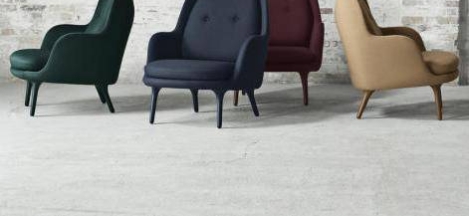

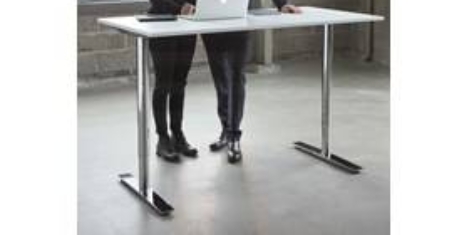
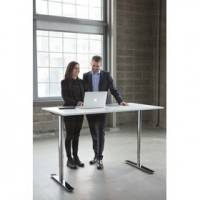

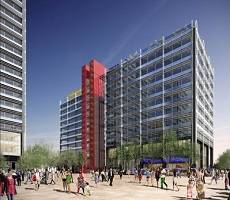
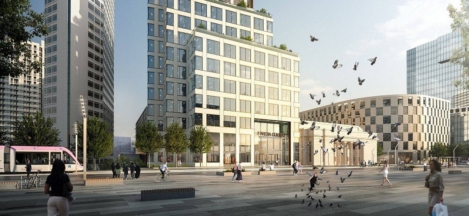
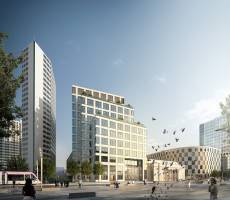




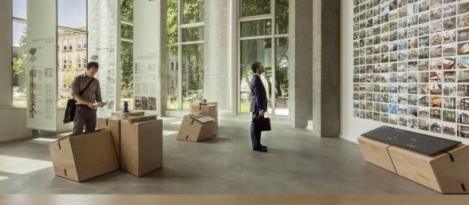

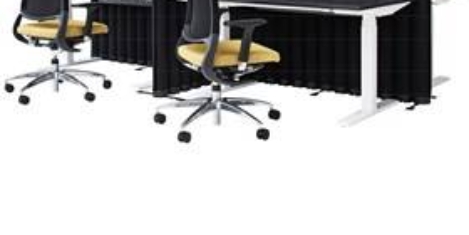
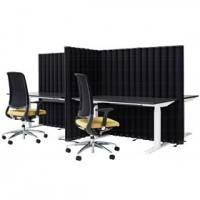


















May 29, 2015
Everything you wanted to know about open plan but were too distracted to ask
by Maciej Markowski • Comment, Facilities management, Work&Place, Workplace design
More →